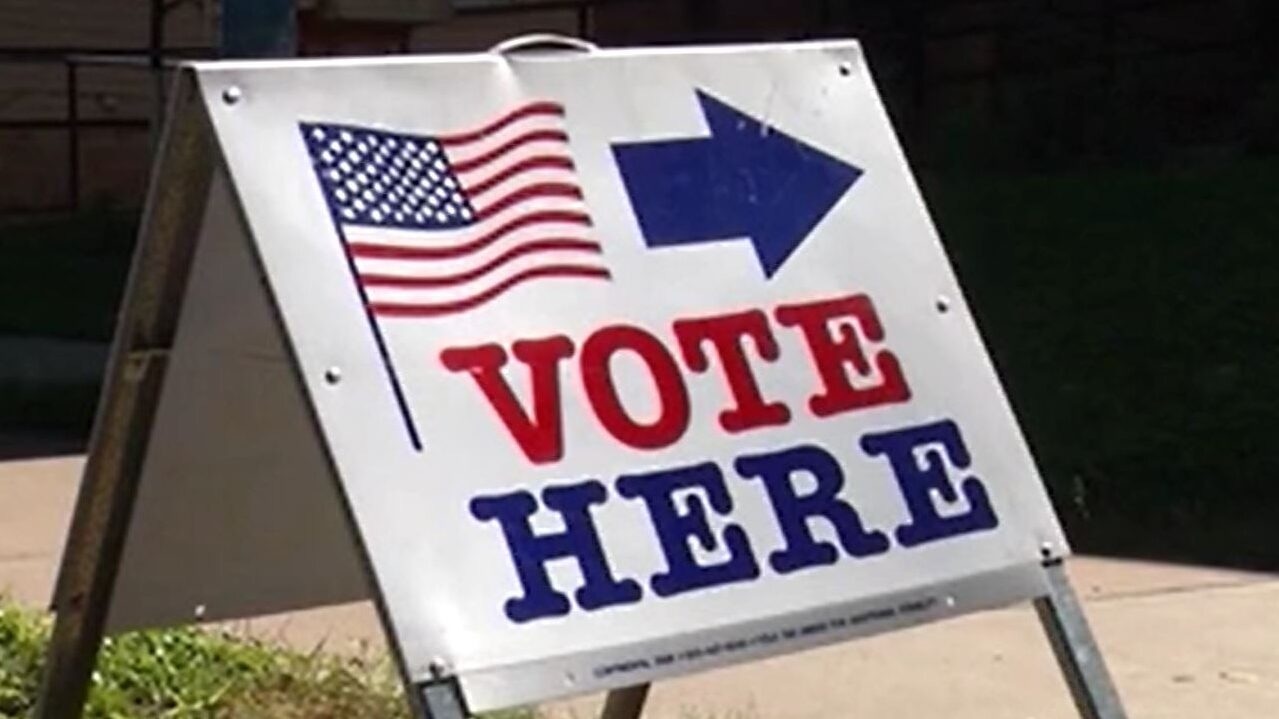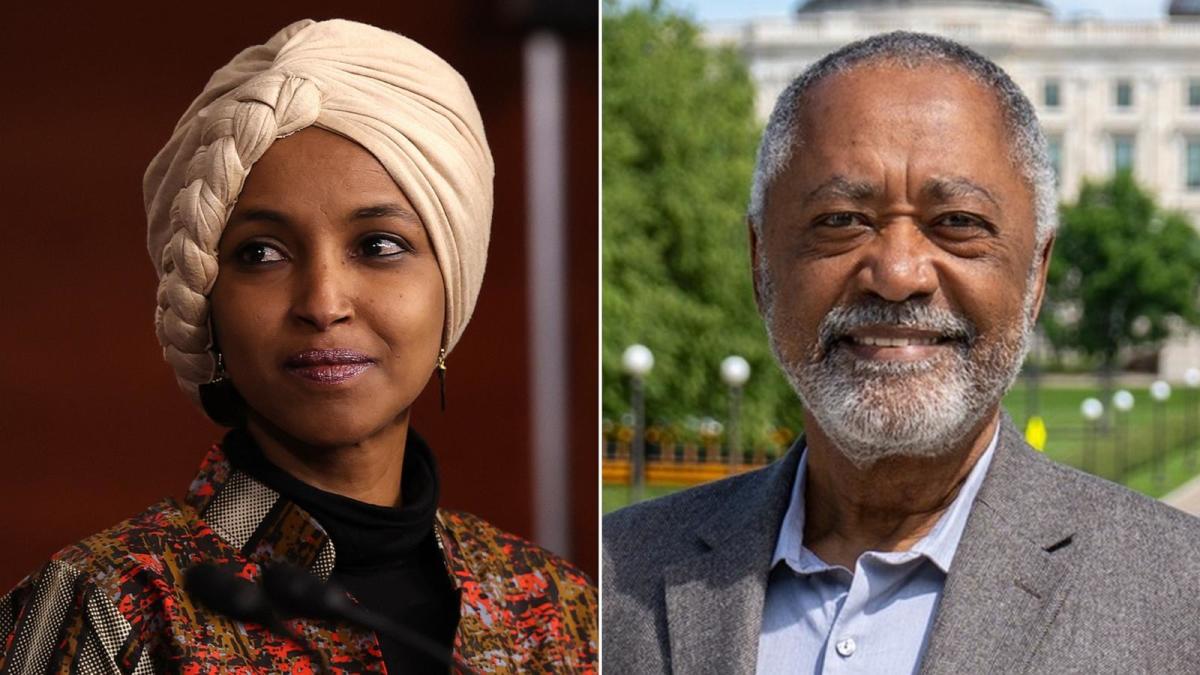Minnesota Primary Election Overview

Minnesota has a long history of holding primary elections, dating back to the early 20th century. These elections serve as a crucial step in the process of selecting candidates for various political offices, including the presidency, Congress, and state legislature. The Minnesota primary is particularly significant in presidential elections, as it often plays a role in shaping the national political landscape.
Key Dates and Deadlines
The Minnesota primary election is typically held in the spring or early summer. The exact dates and deadlines for the upcoming primary can vary, so it is important to check the official website of the Minnesota Secretary of State for the most up-to-date information.
Here are some key dates and deadlines for the upcoming Minnesota primary:
- Registration Deadline: This is the last day to register to vote in the primary election. You can register online, by mail, or in person at your local county election office.
- Early Voting Period: This is the period when you can vote in person at designated early voting locations. Early voting can be a convenient option for those who are unable to vote on Election Day.
- Election Day: This is the day when voters cast their ballots at their assigned polling places.
Significance of the Minnesota Primary
The Minnesota primary is often considered a significant event in the national political landscape. This is because Minnesota is a battleground state, meaning that it is a state that could potentially swing the outcome of a presidential election. In recent years, Minnesota has become increasingly competitive, with both Democrats and Republicans vying for its electoral votes.
The Minnesota primary can also be influential in determining the outcome of other races, such as congressional and state legislative elections. Candidates who win the Minnesota primary often gain momentum and resources that can help them in the general election.
Key Races and Candidates: Minnesota Primaries
Minnesota’s primary election features a variety of races, each with its own set of candidates and issues. This election is crucial as it will determine the nominees for various offices in the upcoming general election.
Governor
The race for Governor of Minnesota is one of the most closely watched races in the primary. The Democratic primary is a contest between incumbent Governor Tim Walz and challenger Dr. Al Lawson. Walz, who is seeking re-election, has a strong record of leadership, particularly during the COVID-19 pandemic. He has been praised for his handling of the state’s economy and his commitment to public education. Lawson, a political newcomer, is running on a platform of progressive change. He is advocating for increased investment in public education, affordable healthcare, and environmental protection. He has also called for a more progressive approach to criminal justice reform.
United States Senate, Minnesota primaries
The race for the U.S. Senate is another key contest in the Minnesota primary. Incumbent Senator Tina Smith is facing a challenge from several candidates, including former Senator Al Franken. Smith, who was appointed to the Senate in 2018, has a strong record of working across the aisle to get things done. She is known for her work on issues such as healthcare, education, and economic development. Franken, who resigned from the Senate in 2018 after allegations of sexual misconduct, is seeking to return to public service. He is running on a platform of progressive change, and he has pledged to fight for policies that benefit working families.
United States House of Representatives
Several congressional races are also taking place in the Minnesota primary. These races are particularly important this year, as the state’s congressional delegation is up for re-election. Several incumbents are facing challenges from both within their own party and from the opposition. In the 1st Congressional District, incumbent Rep. Angie Craig is facing a challenge from several candidates, including former state Representative Ilhan Omar. Craig, a moderate Democrat, has been a strong advocate for bipartisanship and has worked to address issues such as healthcare, education, and economic development. Omar, a progressive Democrat, is known for her advocacy for social justice and her outspoken criticism of President Donald Trump.
State Legislature
The Minnesota primary also features races for the state legislature. These races are important because the legislature is responsible for enacting state laws and overseeing the state budget. Several incumbents are facing challenges from both within their own party and from the opposition. In the Minnesota House of Representatives, several races are particularly competitive. In the 5th District, incumbent Rep. Melissa Hortman is facing a challenge from several candidates, including former state Representative John Thompson. Hortman, a Democrat, has been a strong advocate for progressive policies, such as universal healthcare and increased funding for public education. Thompson, a Republican, is running on a platform of lower taxes and reduced government regulation.
Voter Turnout and Demographics

Voter turnout in Minnesota primary elections has historically been lower than in general elections. However, there are several factors that could influence turnout in the upcoming primary.
Historical Voter Turnout Trends
Minnesota’s primary elections have typically seen lower voter turnout compared to general elections. For instance, the 2022 Minnesota primary saw a turnout of about 25%, significantly lower than the 75% turnout in the 2022 general election. This trend can be attributed to several factors, including the perception that primary elections have less impact on the overall election outcome and a lack of awareness about the candidates and issues at stake.
Factors Influencing Voter Turnout
Several factors could influence voter turnout in the upcoming primary. These include:
- The competitiveness of the races: Highly contested races, especially those involving high-profile candidates, tend to attract more voters.
- The presence of high-profile issues: Issues that resonate with voters, such as healthcare, education, or the economy, can drive turnout.
- Voter mobilization efforts: Campaigns and political organizations can play a significant role in encouraging voters to participate.
- Ease of voting: Factors such as convenient polling locations, early voting options, and accessible voter registration can influence turnout.
Demographic Makeup of the Minnesota Electorate
The demographic makeup of the Minnesota electorate can have a significant impact on the outcome of the primary election. The state’s population is diverse, with a significant proportion of residents belonging to various racial and ethnic groups. This diversity can influence voter preferences and campaign strategies.
- Age: Younger voters, aged 18-29, have historically shown lower turnout rates compared to older voters. However, this trend has been shifting in recent years, with young voters becoming more engaged in politics.
- Race and Ethnicity: The Minnesota electorate is becoming increasingly diverse, with a growing proportion of voters from racial and ethnic minority groups. These groups often have different priorities and concerns, which can influence their voting decisions.
- Gender: Historically, women have had higher voter turnout rates than men in Minnesota. However, this gap has been narrowing in recent years.
- Education: Voters with higher levels of education tend to have higher turnout rates. This is because they are more likely to be informed about the candidates and issues at stake.
Minnesota primaries witnessed a flurry of activity, with voters casting their ballots for candidates across various races. One of the most closely watched contests was the race for Congress, where incumbent Ilhan Omar faced a number of challengers. To understand the dynamics of this race, it’s crucial to analyze the ilhan omar exit polls , which provide valuable insights into voter preferences and motivations.
These polls offer a snapshot of the electorate’s sentiments, helping to shed light on the factors driving voter turnout and candidate support in the Minnesota primaries.
Minnesota primaries are a crucial step in the state’s political process, allowing voters to select their preferred candidates for various offices. To gain a deeper understanding of the current political landscape in Minnesota, it’s essential to delve into the intricacies of the minnesota primary.
By analyzing the primary results, we can gain valuable insights into the prevailing political ideologies and the potential outcomes of the upcoming general elections.
